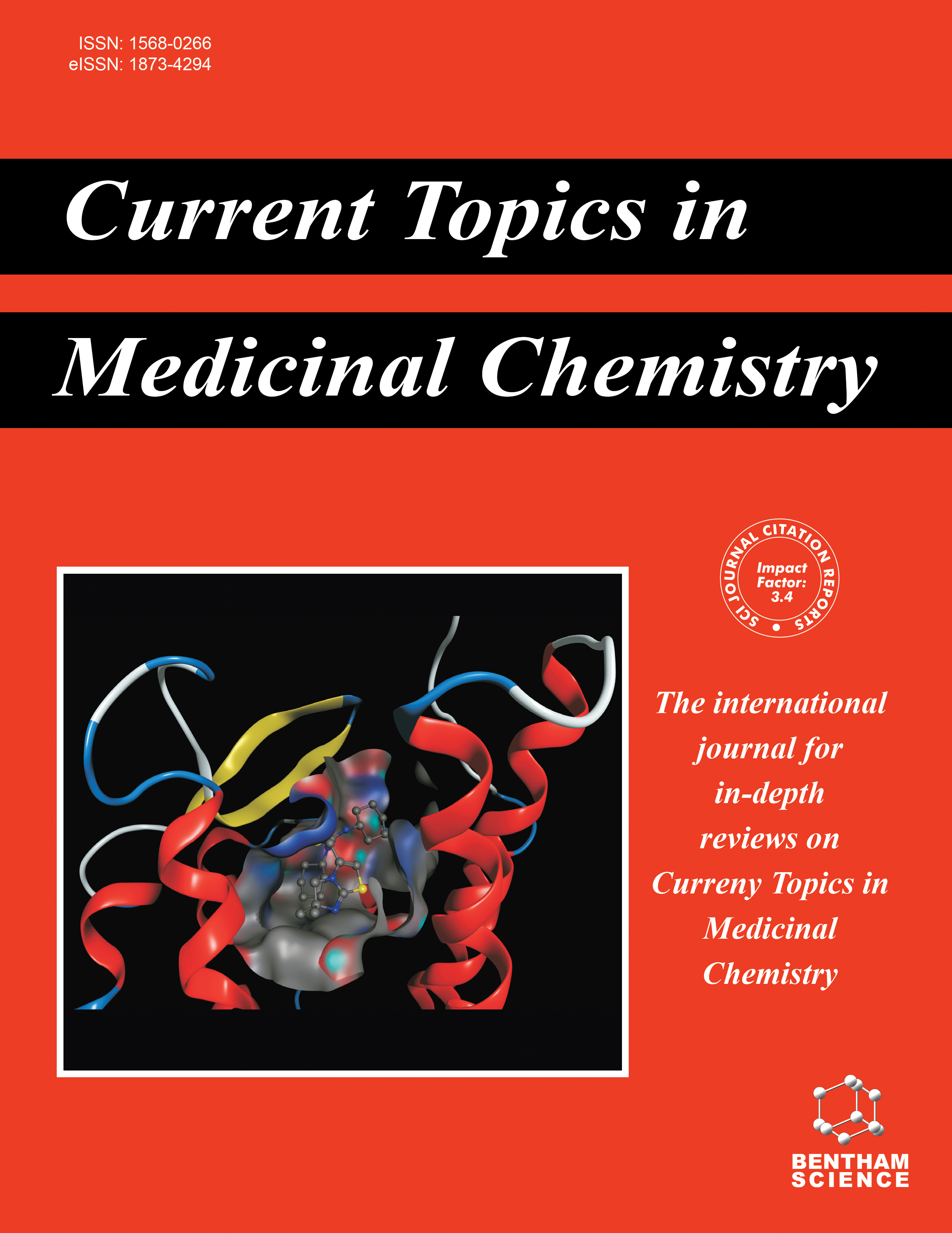
Full text loading...
Several chemical studies described the physiological efficacy of 1,4-dihydropyridines (DHPs). DHPs bind to specific sites on the α1 subunit of L-type calcium channels, where they demonstrate a more pronounced inhibition of Ca2+ influx in vascular smooth muscle compared to myocardial tissue. This selective inhibition is the basis for their preferential vasodilatory action on peripheral and coronary arteries, a characteristic that underlies their therapeutic utility in managing hypertension and angina. Among the vascular-selective DHPs, nifedipine, felodipine, and isradipine are key representatives, with nifedipine often considered the archetype due to its widespread use and efficacy in promoting vascular relaxation. Significant efforts have been made to modify the structure of nifedipine, the prototype of DHPs to better understand structure-activity relationships (SARs) and amplify calcium-modulating effects.
The objective of this study is to explore the SARs of various DHPs and the implications of 1,4-dihydropyrimidines (DHPMs) to block L- (CaV1.2)/T-type (CaV3.1 and CaV3.2) calcium channels subtypes in medicinal chemistry and physiology as calcium channel blockers (CCBs).
We have searched public databases such as National Library of Medicine (NLM), PubMed, and Google Scholar. Collected information pertinent to these chemical entities from reviews, and original articles. We have used keywords to search in these databases such as ‘calcium channel physiology’, ‘calcium channel blockers’, ‘medicinal chemistry’, ‘1,4-dihydropyridines’, and ‘1,4-dihydropyrimidines’, ‘structure-activity relationship’. We included the original articles, short communications, meta-analysis, and review articles published from the years 1975 to 2024.
Previous efforts by medicinal chemists have made significant strides in the synthesis of DHPs and DHPMs. These researchers have focused on creating CCBs that could effectively replicate the pharmacological properties of those currently in clinical use. While the standard one-pot synthesis of DHPMs typically involves three key components under various reaction conditions, more intricate synthetic routes have also been explored. These include enzyme-catalyzed processes, solvent-free reactions, ultrasonic methods, conventional reactions, acid-catalyzed pathways, and microwave-assisted synthesis, each of which offers distinct advantages and potential for the efficient production of DHPMs. DHPs have been the focus of significant research efforts to improve their potency and selectivity. However, a major limitation identified for this class of compounds is their short plasma half-life, potentially caused by metabolic oxidation to pyridine derivatives. To address these limitations, developing DHPMs through efficient modifications of the DHP scaffold has been explored. This research has also investigated the quantitative structure-activity relationships (QSARs) of C2-substituted DHPMs, fused 1,4-dihydropyrimidines, N3-substituted DHPMs, the bioactive role of fused pyrimidines, and comparison with fourth-generation CCBs, drug combinations considering their impact on calcium channel physiology. Subsequently, we discussed the efficacy of various CCBs, which are in clinical trials, lifestyle modifications, and other emerging technologies to ameliorate cardiovascular diseases.
Ongoing research into DHPs and DHPMs has greatly advanced our understanding of their SARs and potential as CCBs. Diverse synthetic methods, including enzyme-catalyzed, solvent-free, and microwave-assisted techniques, have been developed, enhancing the production and pharmacological properties of DHPMs. Future research should aim to optimize the DHP and DHPM scaffolds to improve potency, selectivity, and metabolic stability. Focus on significant modifications, such as C2 and N3 substitutions, could lead to more selective and potent CCBs. Additionally, integrating QSAR models and high-throughput screening will help identify promising clinical candidates, potentially expanding DHPMs' therapeutic use beyond cardiovascular diseases. In summary, continued exploration of novel DHPMs and innovative synthesis approaches will be key to developing next-generation calcium channel blockers with improved efficacy and safety.

Article metrics loading...

Full text loading...
References


Data & Media loading...

